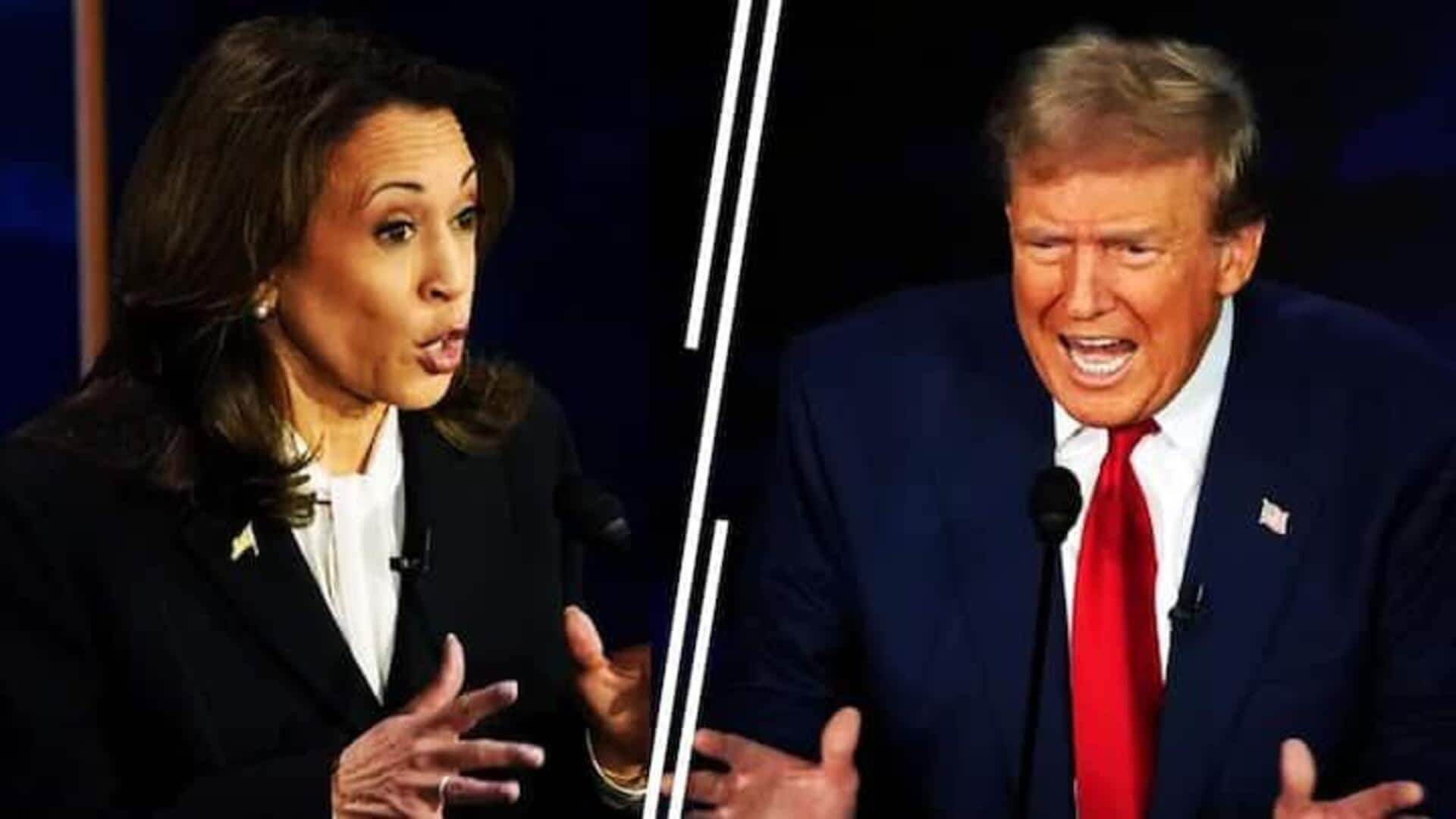
Explained: What happens if electoral college ties between Trump, Harris
What's the story
As the United States prepares for its election day on November 5, 2024, the battle between former President Donald Trump and Vice President Kamala Harris is turning out to be one of the closest in recent memory. Most polls indicate a neck-and-neck battle, prompting speculation of an Electoral College tie. To win the presidency, a candidate needs 270 out of 538 Electoral College votes. But both candidates could end up with 269 votes each under certain conditions.
Tie conditions
Electoral College tie scenarios for Trump and Harris
For example, a tie could happen if Harris wins Wisconsin, Michigan, Arizona, Nevada, and one electoral vote from Nebraska but loses Pennsylvania and Georgia. Meanwhile, Trump would have to win all of Nebraska's Electoral College votes for another tie scenario to play out. Although such an outcome is deemed unlikely in modern American politics, it is a possibility under these exact conditions.
Contingent election
Contingent election: The tie-breaker in US elections
In case of an Electoral College tie, the 12th Amendment of the US Constitution calls for a "contingent election" in Congress. The newly elected House of Representatives would elect the president and the Senate the vice president. Each state delegation in the House votes once for president, needing 26 of 50 state votes to win. Meanwhile, each senator votes individually for vice president with 51 votes required to win.
Election history
Historical precedent
A tie between Trump and Harris in the Electoral College could lead to a president and vice president from different parties—a situation last seen in 1797 with President John Adams and Vice President Thomas Jefferson. Corey Brettschneider of Brown University calls a tie unlikely but warns that "the system as a whole is very precarious." If a tie occurs—a contingent election in Congress on January 6—after members are sworn in on January 3, would decide the officeholders for January 20.